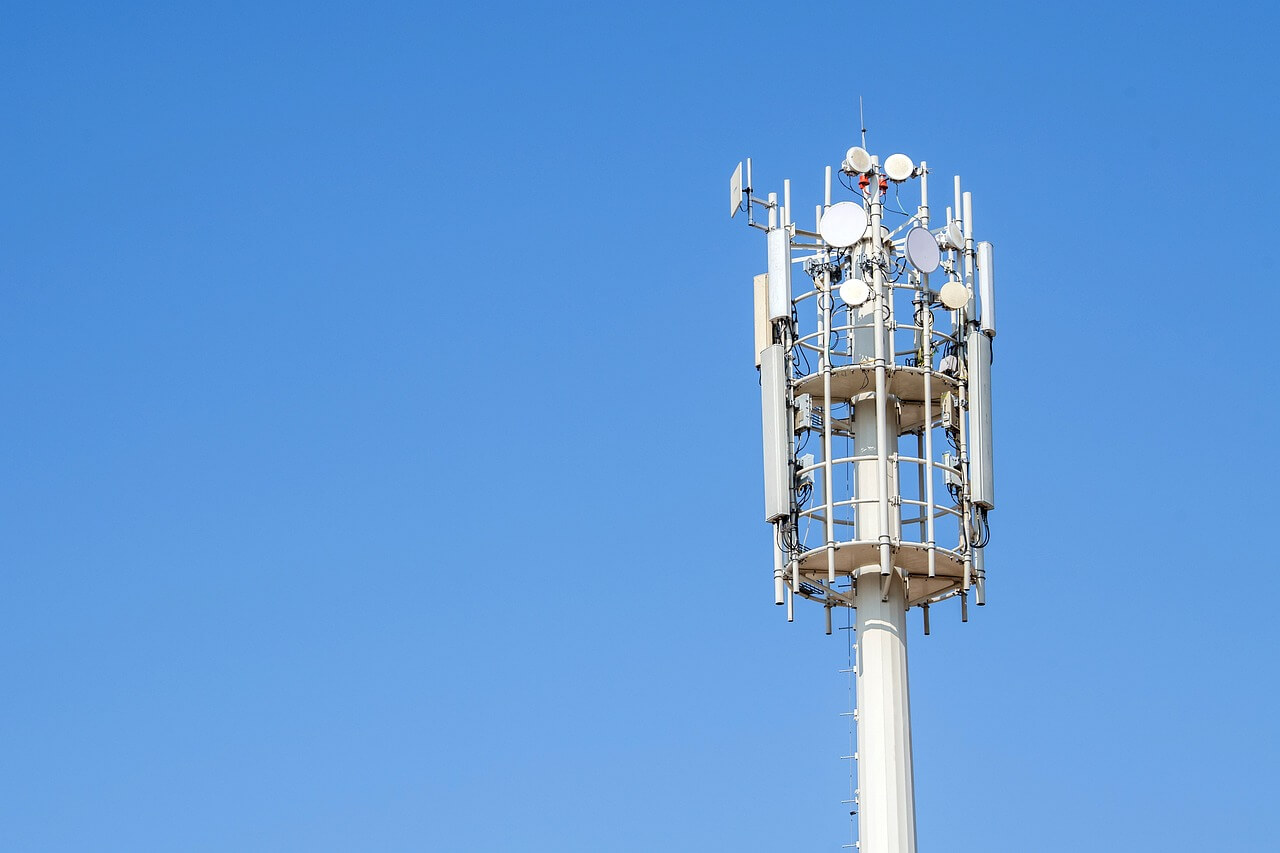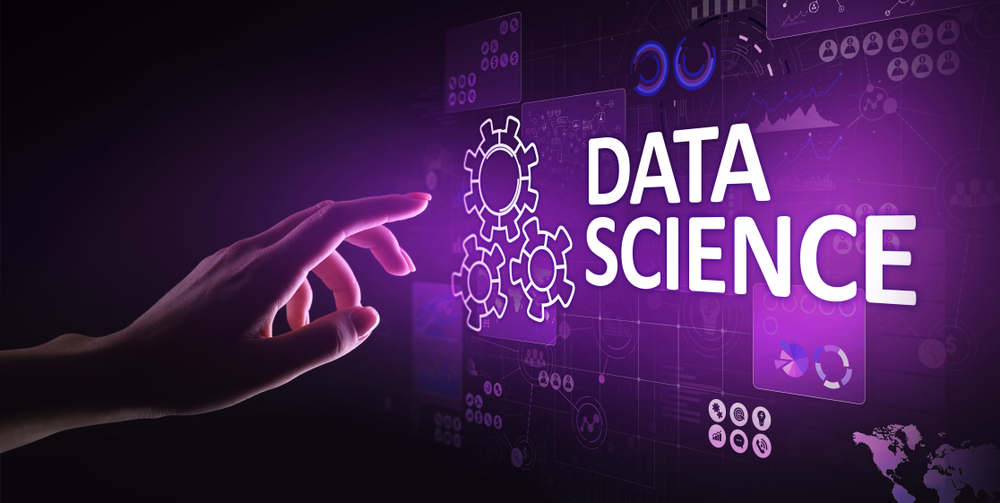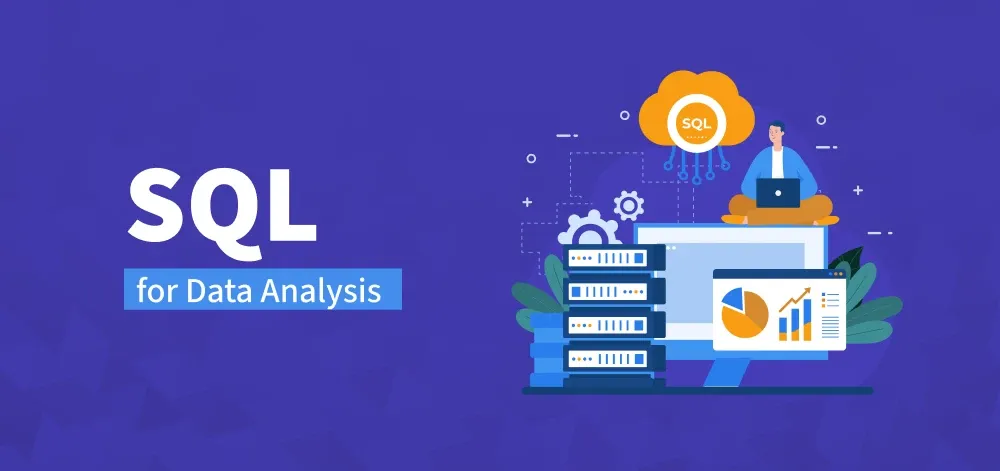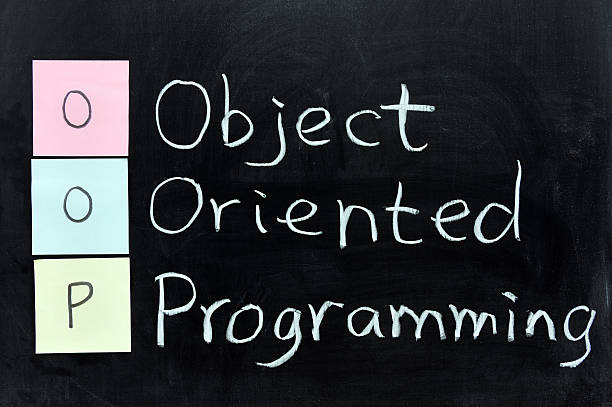Data Science in Telecom
Telecommunications companies rely heavily on data to optimize network performance, improve customer satisfaction, and make strategic business decisions. As a result, they require skilled data analysts to collect, process, and analyze this data.
You’re reading the article, Data Science in Telecom Sector: Useful Applications.
The telecom sector generates data in several ways. Here are some data facts about the telecommunications sector:
- According to a study by Ericsson, the number of mobile phone subscriptions worldwide is projected to reach 8.9 billion by the end of 2021.
- According to a study by the GSMA, 5G networks are expected to cover around 65% of the world’s population by 2025.
- According to a study by the International Telecommunication Union (ITU), global internet penetration was around 51% in 2019.
- According to a study by the ITU, the number of unique mobile subscribers reached 4.9 billion in 2018.
- According to a study by the ITU, global mobile broadband penetration reached 57% in 2018.
- According to a study by the ITU, the number of fixed broadband subscriptions reached 1.2 billion in 2018.
- According to a study by the ITU, the number of social media users reached 3.6 billion in 2020.
- According to a study by the ITU, there were 7.9 billion mobile-cellular subscriptions worldwide in 2019, equivalent to about 99% of the world’s population.
- According to a study by the ITU, the number of mobile-broadband subscriptions is forecasted to reach 4.9 billion by the end of 2021, up from 3.5 billion in 2016.
- According to a study by the ITU, the number of IoT devices connected to the internet is forecasted to reach 30 billion by the end of 2025, up from 3 billion in 2015.
You’re reading the article, Data Science in Telecom Sector: Useful Applications.
Data Science in Telecom Sector
The telecommunications sector generates a large amount of data from various sources, including:
- Call Data Records (CDR): Call duration, call location, and caller ID are recorded for every call made on a telecommunications network.
- Network usage data: Telecommunications companies collect data on network usage, including data on internet usage, text messages, and mobile data usage.
- Customer data: Telecommunications companies collect customer information, including demographic information, billing information, and customer service interactions.
- Location data: Telecommunications companies can collect data on the location of devices connected to their network, such as cell phone towers and GPS data.
- Social Media: Telecommunications companies can also track the social media activity of their customers to understand their behavior patterns.
- IoT devices: With the rise of IoT devices, telecommunications companies can collect data from various devices, including smart homes, connected cars, and industrial equipment.
- Surveillance data: Surveillance cameras installed in different places provide a real-time feed to the telecom company for monitoring and analysis.
All this data can be collected, stored, and analyzed to gain insights that can improve network performance, customer satisfaction, and overall business operations.
You’re reading the article, Data Science in Telecom Sector: Useful Applications.
Data science can significantly impact the telecommunications sector in several ways. Some examples include:
- Predictive maintenance: Data science can analyze data from telecommunication equipment to predict when maintenance is needed, reducing downtime and improving network reliability.
- Network optimization: Data science can optimize network performance by analyzing data on network usage and identifying bottlenecks.
- Fraud detection: Data science can be used to analyze call data records to detect fraudulent activity, such as SIM swapping and caller ID spoofing.
- Customer segmentation: Data science can segment customers based on their usage patterns and demographics, allowing for targeted marketing and personalized pricing plans.
- Predictive modeling: Data science can predict customer churn, helping telecommunications companies improve customer retention.
- Inventory Management: Data science can predict the demand for different products and services, helping telecommunications companies optimize inventory levels and reduce costs.
- Chatbot and virtual assistant: Data science can be used to build chatbots and virtual assistants to improve customer service by automating common inquiries and reducing the workload of customer service representatives.
You’re reading the article, Data Science in Telecom Sector: Useful Applications.
Suppose you’re a fresher or a working professional in the telecom sector who has significant knowledge in the telecom domain and want to pursue your career as a data professional. In that case, you can choose to be a data analyst or a big data analyst in the telecom sector.
Join the league of Masters. Join our Masters in Data Science With Power BI certification program and switch your career to data science in just 6 months.
Hope you liked reading the article, Data Science in Telecom Sector: Useful Applications. Please share your thoughts in the comments section below.
Article: Data Science in Telecom Sector: Useful Applications
Author: Console Flare






